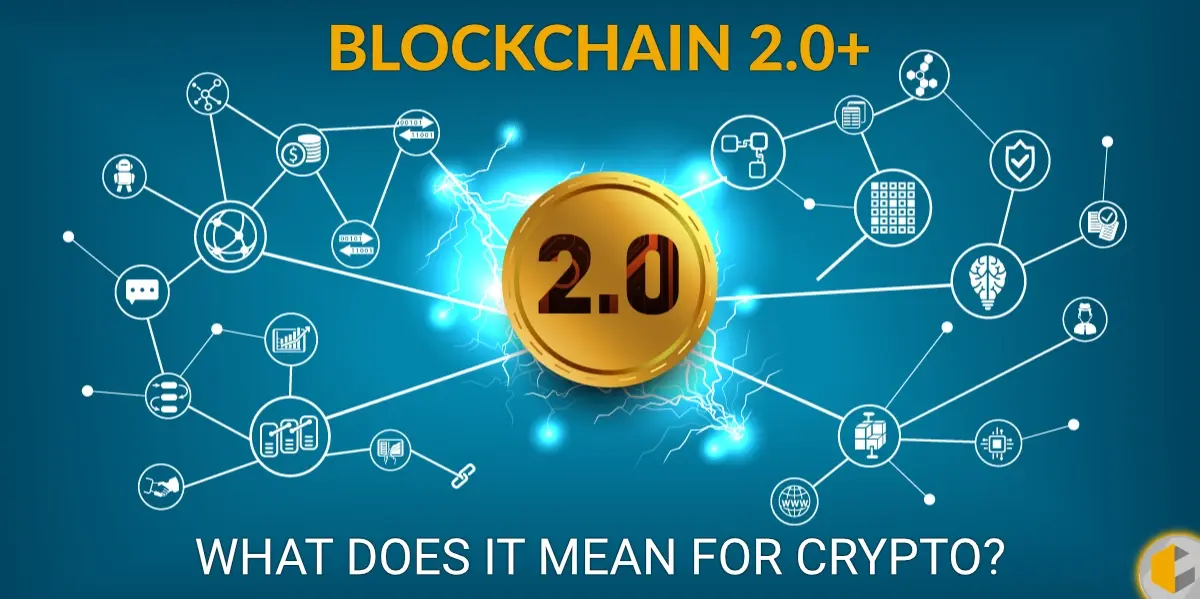
In 2009, shortly after Satoshi Nakamoto’s whitepaper was published in 2008, Bitcoin was made available to the open-source community. Soon after, the cryptocurrency began to be used, bought and traded within small groups, with the first known commercial Bitcoin transaction taking place in 2010 when a programmer named Laszlo Hanyecz paid ₿10,000 (10,000 BTC) for two Papa John’s pizzas.
The concept of blockchain technology appealed to software engineers, developers, and many others within the computer science industry, primarily because blockchain’s decentralised nature relies on computational checks and balances rather than a central point of control, making the system more equitable and secure. In an era where online deception is easy and common, blockchain technology provides a solution to digital trust. 
In that sense, blockchain as we know it did begin with the Bitcoin network. While blockchain technology is now seeing use in a wide range of applications, it was initially conceived as a solution to bring forth digital currency and continues to be used to advance the development of cryptocurrencies in general.
Before delving into what blockchain 2.0 is, it’s worth noting that, until recently, blockchain technology was widely assumed to be inextricably linked to Bitcoin.
Blockchain is, to put it plainly, a decentralised ledger that records transactions between parties in an incorruptible, public, and permanent manner without the need for third-party authentication. Cryptocurrency is one way to put this technology to use, but there are a slew of other blockchain-based applications on the horizon.
As Sally Davies from the Financial Times explains, “Blockchain is to Bitcoin, what the internet is to email. A big electronic system, on top of which you can build applications. Currency is just one.”
As the original blockchain framework held on to limitations that made it better suited to digital currency, the introduction of blockchain 2.0 resulted in a more comprehensive and adaptable version of blockchain, giving it an edge over its predecessor.
Blockchain 2.0, Explained.
In late 2013, Vitalik Buterin, a Russian-Canadian programmer and cryptocurrency writer, published a white paper outlining the Ethereum blockchain. Buterin was of the opinion that Bitcoin’s programming was too limited, and that blockchain technology could benefit from developments that allowed for more complex, decentralised applications outside of digital currency — developments that could lead to blockchain being used to store real-world assets such as loans, stocks, and real estate.
Ethereum, the second public blockchain, was launched in 2015. As outlined in the Ethereum whitepaper, the concept of blockchain 2.0 was meant to expand on the systems behind blockchain 1.0, primarily focusing on programs known as smart contracts.
A smart contract is a computer protocol that performs as an automated digital contract. These smart contracts live on the Ethereum blockchain and can be used to define terms between parties like a traditional contract, automatically enforcing these terms by running predefined code when certain criteria are met.
This is the key distinction between the Ethereum blockchain and the blockchain that powers Bitcoin. As computerised code, blockchain 2.0 operates on a different set of directives than blockchain 1.0. With these innovative protocols laying the groundwork for the creation of more complex systems, blockchain 2.0’s adaptable infrastructure is poised to broaden the applications of blockchain technology in a big way — scaling up as needed to better suit various industry operations.
Other key innovations of blockchain 2.0 include programmable money and smart assets, both of which successfully use complex data encryption and distributed consensus algorithms to secure against data theft, manipulation, and other security threats without the need for a central authority.
While Bitcoin is the most well-known application of blockchain 1.0 to date, 2014 to 2015 saw an unprecedented surge of investment and research into how blockchain could benefit healthcare, business logistics, art, insurance, contract management, voting, and other industries, as many quickly realised that blockchain technology could be used for more than just cryptocurrency.
Entrepreneurs who recognised the potential of blockchain technology early on began to invest in and examine how blockchain could improve the digital infrastructure of their industries.
Smart contracts, as well as the systems underlying blockchain 2.0 in particular, have attracted the attention of corporations such as Microsoft, IBM and Amazon. Bitcoin is now just one of hundreds of applications making use of blockchain technology. Today, about 21% of financial institutions use blockchain technology in some form or another (according to research from Bank of America).
There is still a significant amount of innovation to be found in this space, and as its history has shown, it’s likely that the coming decades of blockchain technology beyond blockchain 2.0 will be just as transformative as the last.
Tags
Editor-in Chief
Related Posts
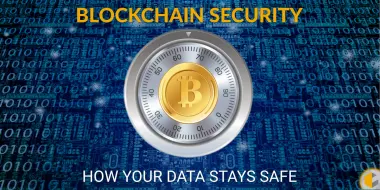
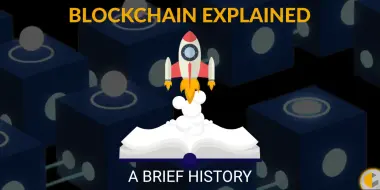
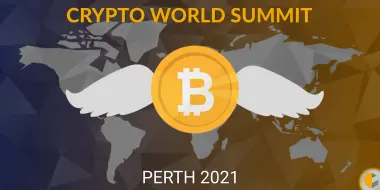
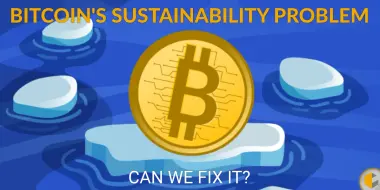
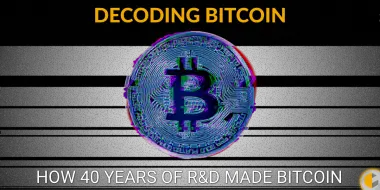
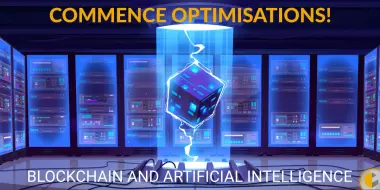
Subscribe to our newsletter!
Information



